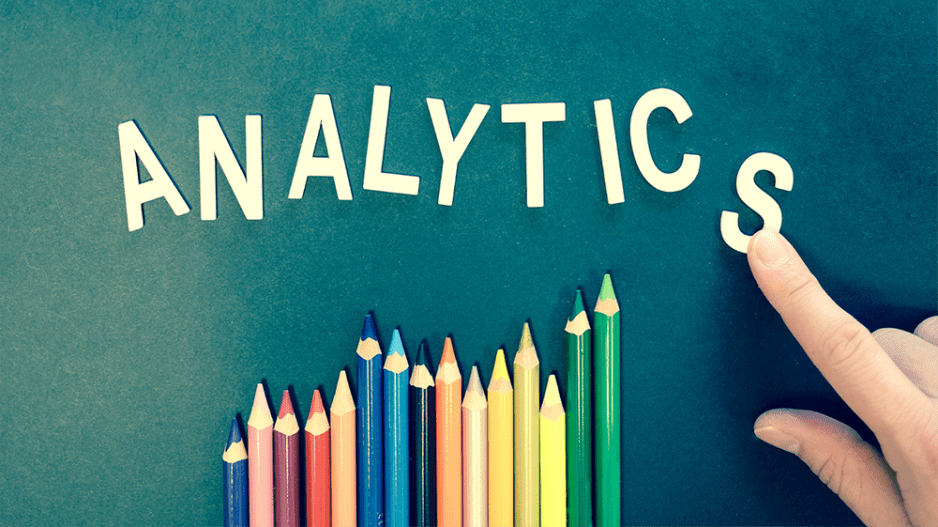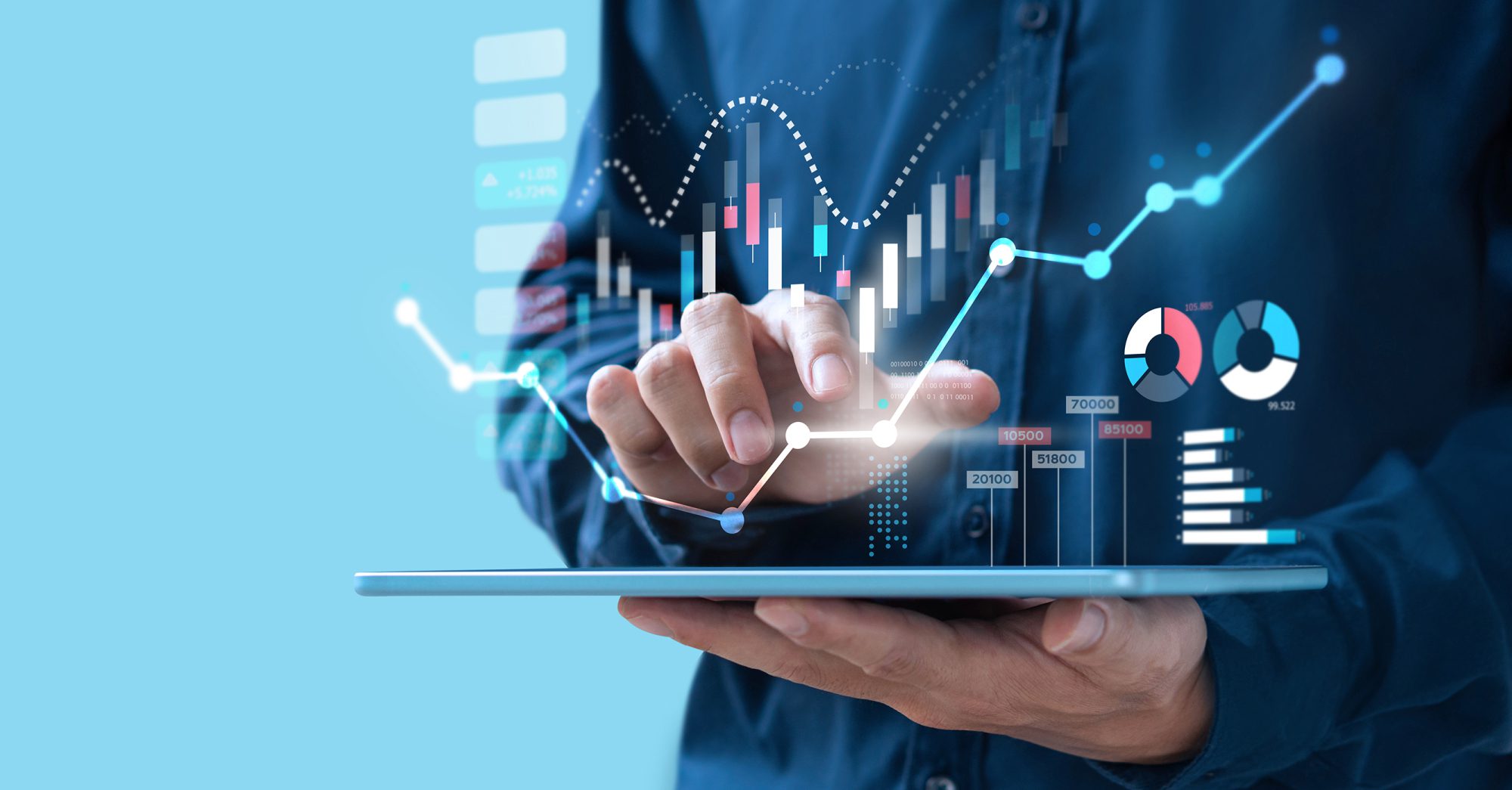Learning Analytics: Improving Educational Outcomes with Data Analysis
Learning analytics is a rapidly growing field that has the potential to revolutionize the way we approach education and training. By collecting and analyzing data about learners and their interactions with learning environments, learning analytics can help us understand how people learn and identify ways to improve learning outcomes.
Learning analytics can be used in a variety of contexts, from K-12 and higher education to corporate training and professional development. It can help educators and trainers understand how learners engage with course materials, identify areas where learners are struggling, and provide personalized feedback and support. In addition, learning analytics can help organizations make data-driven decisions about resource allocation, curriculum development, and instructional design.
However, learning analytics raises important ethical and privacy concerns like any new technology. As more data is collected about learners, it is important to ensure that it is used responsibly and transparently. Organizations must be transparent about what data is being collected and how it is being used, and take steps to protect learner privacy and ensure that data is secure. By balancing the potential benefits of learning analytics with these important considerations, we can work towards creating a more effective and equitable learning environment for all learners.
What is Learning Analytics?
Overview
Learning Analytics is a field of study that involves collecting, analyzing, and interpreting data related to learners and their learning environments. This data is used to gain insights into the learning process, identify areas for improvement, and optimize learning outcomes. Learning Analytics is an interdisciplinary field that combines elements of education, analytics, data science, and computer science.
Definition
According to the Society for Learning Analytics Research (SoLAR), “Learning Analytics is the measurement, collection, analysis, and reporting of data about learners and their contexts, for purposes of understanding and optimizing learning and the environments in which it occurs.” Learning Analytics involves the use of big data and traditional quantitative methods to gain insights into the learning process and improve learning outcomes.
Importance
Learning Analytics is becoming increasingly important in higher education as institutions seek to improve student retention and success rates. By analyzing student performance, engagement, and behavior data, institutions can identify at-risk students and intervene before they drop out. Learning Analytics can also be used to personalize the learning experience, providing students with tailored recommendations and resources based on their individual needs and preferences.
Learning Analytics can also benefit educators by providing them with insights into the effectiveness of their teaching methods and materials. By analyzing student performance and engagement data, educators can identify areas for improvement and adjust their teaching accordingly. Learning Analytics can also be used to evaluate the effectiveness of educational policies and interventions.
In conclusion, Learning Analytics is a powerful tool that can help institutions and educators improve students’ learning experiences and outcomes. Institutions can gain valuable insights into the learning process and make data-driven decisions to improve student success by collecting, analyzing, and interpreting data related to learners and their learning environments.
How Learning Analytics Works
Learning analytics is a process of collecting, analyzing, and reporting data from various sources to understand and optimize the learning environment. Learning analytics can help educators and administrators make data-driven decisions to improve the learning experience for students. Here is a breakdown of how learning analytics works:
Collection
The first step in learning analytics is data collection. Data can be collected from various sources, including learning management systems, student information systems, and online learning tools. The data collected can include student demographics, learning behaviors, and performance data. The collection of data is critical to the success of learning analytics, as it provides the foundation for analysis.
Analysis
The next step in learning analytics is data analysis. Data analysis involves using data science techniques such as predictive analytics and data mining to identify patterns and trends in the data. This analysis can help educators and administrators understand how students learn and where they may struggle. The analysis can also help predict future learning outcomes.
Visualization
After the data has been analyzed, it is important to visualize the data in a way that is easy to understand. Visualization can include graphs, charts, and other visual representations of the data. This visualization can help educators and administrators understand the data and make informed decisions based on the information presented.
Reporting
The final step in learning analytics is reporting. Reporting involves communicating the data and analysis to educators, administrators, and other stakeholders. The reporting can include recommendations for improving the learning environment, identifying areas of concern, and highlighting successes. Effective reporting is critical to the success of learning analytics, as it ensures that the data is used to make informed decisions.
Overall, learning analytics is an important tool for educators and administrators to understand and optimize the learning environment. It requires a deep understanding of data collection, analysis, visualization, and reporting. It is important to consider the ethical implications of learning analytics, such as privacy and communication, to ensure that the data is used in a responsible and effective manner.

Benefits of Learning Analytics
Learning analytics is a powerful tool that can provide numerous benefits to various stakeholders in the education sector. Here are some of the benefits of learning analytics:
For Students
Learning analytics can help students by providing insights into their performance and progress. By analyzing data on student engagement, performance, and behavior, learning analytics can identify students who are at risk of failing or dropping out and provide targeted interventions to help them succeed. Learning analytics can also help students identify areas where they need to improve and provide personalized feedback to help them achieve their learning goals.
For Educators
Educators can benefit from learning analytics by gaining student learning and engagement insights. By analyzing student performance, behavior, and engagement data, educators can identify areas where they need to improve their instructional strategies and provide targeted interventions to help students succeed. Learning analytics can also help educators identify at-risk students and provide personalized support to help them stay on track.
For Institutions
Learning analytics can help institutions improve their efficiency and effectiveness by providing insights into the learning environment and key performance indicators. By analyzing student engagement, performance, and behavior data, institutions can identify areas where they need to improve their teaching and learning strategies and provide targeted interventions to help students succeed. Learning analytics can also help institutions optimize their resources and make data-driven decisions to improve student outcomes.
For Businesses and Organizations
Learning analytics can provide numerous benefits to businesses and organizations that provide training and education. Businesses and organizations can identify areas where they need to improve their training programs and provide targeted interventions to help employees succeed by analyzing data on student engagement, performance, and behavior. Learning analytics can also help businesses and organizations optimize resources and make data-driven decisions to improve training outcomes.
In summary, learning analytics can provide numerous benefits to students, educators, institutions, businesses, and organizations. By analyzing student engagement, performance, and behavior data, learning analytics can provide powerful insights that can help improve teaching and learning strategies, optimize resources, and make data-driven decisions to improve student outcomes. With the help of statistics, artificial intelligence, and machine learning, learning analytics can provide predictive insights that can identify at-risk students and provide targeted interventions to help them succeed. By leveraging the power of data analytics, decision-making in the education sector can be optimized, and learning outcomes can be improved.
Challenges and Concerns
Learning analytics can provide valuable insights that can help improve learning outcomes. However, there are also several challenges and concerns that need to be addressed to ensure that the use of learning analytics is ethical, and legal and respects student privacy.
Data Privacy
One of the biggest concerns with learning analytics is data privacy. Learning analytics involves collecting and analyzing large amounts of data about students, including their academic performance, learning behaviors, and personal information. This data can be sensitive and must be protected to ensure that student privacy is respected.
To address this concern, institutions must have clear policies and guidelines for collecting, storing, and using student data. They should also ensure that data is anonymized and aggregated whenever possible to minimize the risk of individual students being identified.
Ethical Issues
Another concern with learning analytics is ethical issues. Learning analytics can influence student behavior, raising questions about the ethics of using data to manipulate students. For example, institutions may use learning analytics to identify students at risk of dropping out and provide targeted interventions to improve their retention rates. While this can be beneficial, it also raises questions about the ethics of using data to influence student behavior.
To address this concern, institutions must ensure that the use of learning analytics is transparent and that students are aware of how their data is being used. They should also ensure that ethical principles, such as respect for autonomy and non-maleficence, guide the use of learning analytics.
Legal Issues
Finally, there are also legal issues associated with the use of learning analytics. Institutions must ensure that they are complying with relevant laws and regulations, such as data protection laws and regulations governing the use of student data. Failure to comply with these laws and regulations can result in legal consequences, such as fines or lawsuits.
To address this concern, institutions must ensure that they clearly understand the legal requirements associated with using learning analytics. They should also ensure that they have the necessary resources and expertise to comply with these requirements.
In conclusion, while learning analytics can provide valuable insights that can help improve learning outcomes, there are also several challenges and concerns that need to be addressed. By ensuring that student privacy is respected, ethical principles are followed, and legal requirements are met, institutions can use learning analytics in a responsible and effective way.
FAQ
What do you mean by learning analytics?
Learning analytics is the process of collecting, analyzing, and reporting data about learners and their interactions within an organization’s learning ecosystem. Learning analytics aims to understand the learning environment and uncover ways to improve overall learning outcomes. By using learning analytics, you can track learners’ progress, identify gaps in learning, and provide personalized learning experiences.
What are examples of learning analytics?
There are many examples of learning analytics, including:
- Tracking the number of times, learners access a specific learning resource
- Analyzing learners’ quiz scores to identify areas where they need more support
- Monitoring learners’ progress through a course to identify where they might be struggling
- Analyzing learners’ engagement with discussion forums to identify areas where they might need more support
What are the types of learning analytics?
There are three main types of learning analytics:
- Descriptive Analytics: This type of analytics focuses on describing what has happened in the past. Descriptive analytics can help you understand how learners have engaged with your learning content and identify trends over time.
- Predictive Analytics: This type of analytics uses data to predict what might happen in the future. Predictive analytics can help you identify learners who might be at risk of dropping out of a course or struggling with a particular concept.
- Prescriptive Analytics: This type of analytics provides recommendations on what actions to take based on the data. Prescriptive analytics can help you identify specific interventions to support learners who are struggling or provide personalized learning experiences based on learners’ individual needs.
Overall, learning analytics can help you improve the effectiveness of your learning programs by providing insights into learners’ behavior and identifying areas where they might need more support. By using learning analytics, you can provide personalized learning experiences and improve overall learning outcomes.







